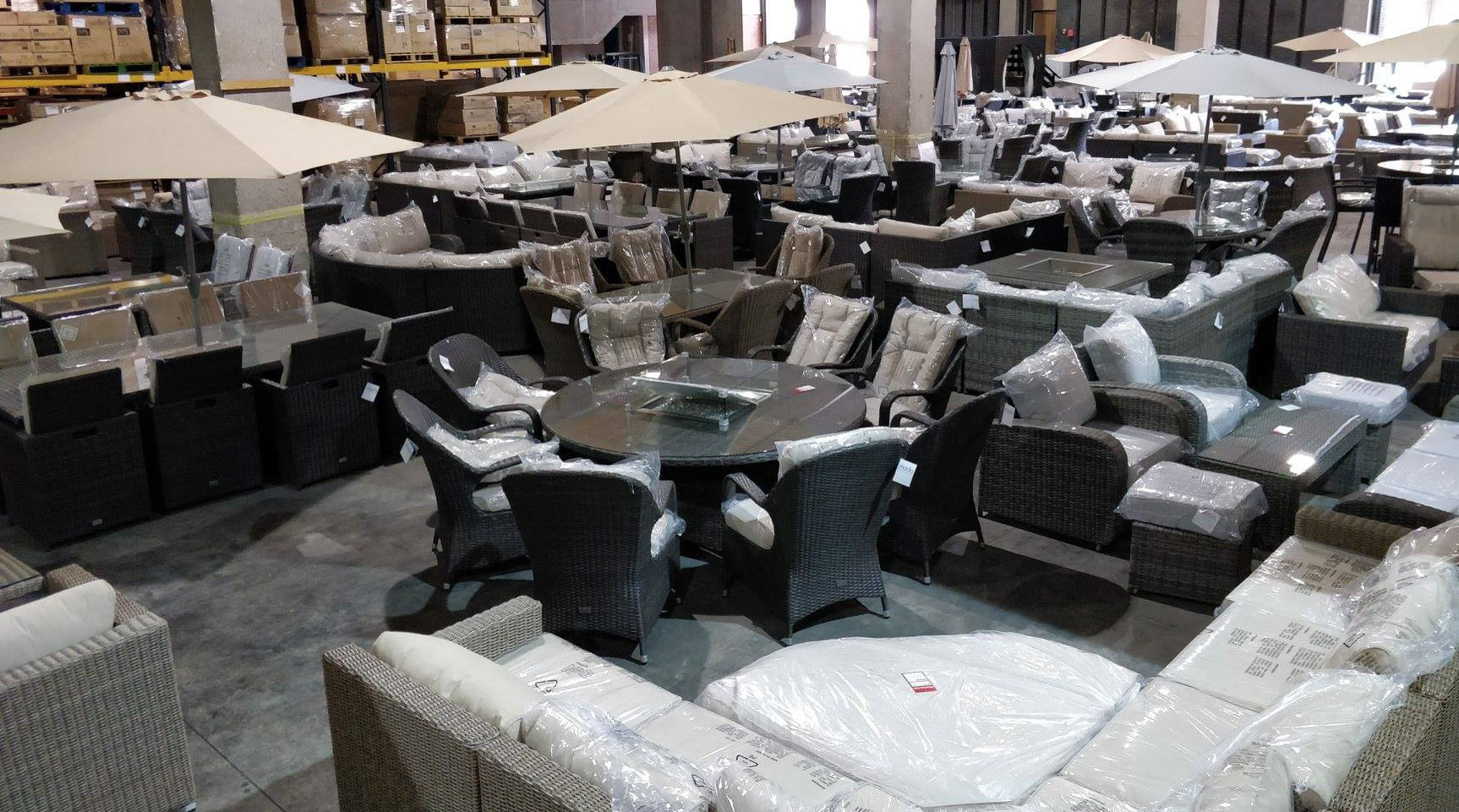When choosing outdoor furniture, consider the following:
- Style: Decide whether you want your outdoor furniture to complement or contrast with your home’s style. Choose materials like aluminum for a contemporary look or rattan for a classic feel.
- Environment: Consider eco-friendly options, like buying used or recycled materials. Aluminum and certain rattan products can be environmentally benign.
- Maintenance: Select furniture that matches the level of upkeep you can provide. Lightweight options are suitable for easy moving, while sturdier materials may require more care.
- Size: Consider your garden’s size and aim to provide ample seating and space for guests to move comfortably.
- Usage: Think about how you’ll use the furniture. For occasional use, lightweight options are convenient, but for a more permanent setup, invest in durable materials.
Quality considerations for outdoor furniture:
- Budget: Determine how much you’re willing to spend, keeping in mind that high-end outdoor furniture tends to be more durable and long-lasting.
- Material: Higher-end materials are typically more fade-resistant and water-resistant, with longer warranties.
- Instant Pleasure vs. Longevity: Cheap furniture may provide instant gratification, but it may need frequent replacement, leading to higher costs in the long run.
- Aesthetics: Choose furniture that matches your style and complements your home’s architecture.
- Sales: Look for discounts, and consider buying outdoor furniture in late August when prices are often lower.









